Experts like Nolan Berg have weighed in to explain how and why there isn’t a “one-size fits all” solution when it comes to utilizing UAV technology on the farm, but some growers have not even had the chance to attempt to figure out how the technology can work for them. The reasons behind that inaccessibility vary from farmer to farmer and from country to country, and many come down to costs and logistics. Regardless of the specific issue, the opportunity to fully leverage drone technology is one many farmers have not been able to leverage.
That’s something the team at SLANTRANGE, an agricultural intelligence company that provides drone sensors and analytics systems designed specifically for the needs of farmers, has clearly recognized and done something about. They recently announced partnerships with new distributors across the world which will allow farmers in various locations to use drones to measure crop and weed densities, nutrient deficiencies and plenty more.Details about that announcement are available below, but I wanted to learn a bit more about what this news specifically means for anyone working in agriculture. To do so, I connected with Matthew Barre, Director of Strategic Development at SLANTRANGE. He explained how and why drone technology will make a difference to farmers across the world as well as what access to that technology can mean for their operation. Jeremiah Karpowicz: The announcement of your partnerships with new distributors across the world is further proof of how pervasive drone technology has become. For SLANTRANGE, are these partnerships more about helping put these tools in the hands of farmers, or about helping those growers properly utilize UAVs?Matthew Barre: We’re seeing a huge amount of interest in drone-based imaging for agriculture from all regions of the world. This includes growers as well as agronomists, co-ops, and other service providers looking to offer new types of information to their clients. Our sensor and analytics solution allows these users to collect, process, and present this new information in a very efficient way. By working with distributors, we’re able to provide our technology to people that would be difficult for us to engage with directly. We place a heavy emphasis on educating our distributors so they’re also able to provide local training and support to their customers. And of course, distributors also provide value in speaking the local language and having specific knowledge of regional practices and regulations.What kind of a disadvantage are farmers at when they do not have practical access to cloud-based data services?Cloud-based data services can definitely add value to agriculture technology solutions by offering secure backups, simplified sharing and device synchronization, and access to processing power that may not be available locally. However, when these products are dependent on cloud-based architecture, farmers who don’t have access to high-bandwidth data connections are unable to use them. And while many farmers may have acceptable data connections in their home or office, many products require network access in the field, which is simply not available in many agricultural areas around the world. This limitation is especially relevant for aerial remote sensing where drone-based sensors can generate many gigabytes of data in a single flight.At SLANTRANGE, we have created an analytics package that processes all of the imagery from our multispectral sensor on a local, mid-grade computer. This eliminates any dependence on network infrastructure or high-end computing hardware and enables growers in all regions of the world to leverage the power of today’s latest remote sensing capabilities. Will farmers in the United States be able to take advantage of your products in the same way farmers in, say, Australia will be able to?Absolutely. Our system architecture was intentionally designed to allow any user to take advantage of our technology. And our new team of distributors will enable us to reach these farmers much more effectively. Do you think the biggest benefit farmers will be able to see with this technology is around being able to maximize their area coverage per day, or are the benefits of the technology more holistic in nature?At its core, our product offering is a tool to provide new types of information to growers. It is fundamentally a scouting tool that allows a scout, agronomist, or grower to identify problems in the field sooner than they could be identified by eye or that might otherwise be missed when walking a field. However, we are also very focused on making this process practical, efficient, and scalable. By flying at only 20% overlap and providing rapid, in-field data processing with no dependence on a network connection, our technology can be much more effective than competing solutions. Many of our customers are agronomic service providers so the dramatic reduction in labor and time to collect and process the imagery provides a big benefit. SLANTRANGE Expands Agricultural Drone Technology to International MarketsSLANTRANGE, a leading provider of next-generation drone-based remote sensing and analytics systems for agriculture, today announced partnerships with new distributors in the United States, Canada, Australia, South Africa, the United Kingdom, Panama, and Colombia.“Global demand is surging for precision agriculture tools that can help farmers make the most of their resources,” said Mike Ritter, CEO of SLANTRANGE. “Until now however, farmers in regions of the world with limited internet connectivity or without expensive computing resources have been unable to benefit from many of the recent advances in digital agriculture. Our technology eliminates those needs, and our new partners are extending its reach to growers around the world who can most benefit from its use.”SLANTRANGE provides sensor and analytics systems for use on drone aircraft which measure a range of conditions, such as crop and weed densities, stress from pest infestations, nutrient deficiencies, and dehydration. The analytics tools operate with minimal computing resources and in the absence of network access to deliver actionable and highly time-sensitive insights to growers within minutes. With these precision agriculture technologies, growers can make superior farming decisions that improve yields while reducing input costs and waste.“We take pride in providing our customers with technology that maximizes our value proposition,” said Chantal Yazbek, CEO of agriSig, SLANTRANGE’s exclusive distribution and service partner in South Africa. “Many of our clients farm in areas with no practical access to cloud-based data services. SLANTRANGE’s technology is able to instantly deliver valuable new crop metrics even to the most remote regions – and that will have a real impact on farming productivity and ROI.”“SLANTRANGE’s workflows enable 4X faster data collection than similar agriculture drone/sensor technologies. This is extremely important for our clients, who are often service providers looking to maximize their area coverage per day”, said Markus Weber, President of LandView, SLANTRANGE’s distributor in Edmonton, Alberta. About SLANTRANGESLANTRANGE is an agricultural intelligence company that provides drone sensors and analytics systems designed specifically for the needs of farmers. By quickly providing insights from the field, SLANTRANGE gives farmers more control over agricultural land, helping to reduce operational costs and improve decision making. To learn more, please visit http://www.slantrange.com.
SLANTRANGE Expands Agricultural Drone Technology to International MarketsSLANTRANGE, a leading provider of next-generation drone-based remote sensing and analytics systems for agriculture, today announced partnerships with new distributors in the United States, Canada, Australia, South Africa, the United Kingdom, Panama, and Colombia.“Global demand is surging for precision agriculture tools that can help farmers make the most of their resources,” said Mike Ritter, CEO of SLANTRANGE. “Until now however, farmers in regions of the world with limited internet connectivity or without expensive computing resources have been unable to benefit from many of the recent advances in digital agriculture. Our technology eliminates those needs, and our new partners are extending its reach to growers around the world who can most benefit from its use.”SLANTRANGE provides sensor and analytics systems for use on drone aircraft which measure a range of conditions, such as crop and weed densities, stress from pest infestations, nutrient deficiencies, and dehydration. The analytics tools operate with minimal computing resources and in the absence of network access to deliver actionable and highly time-sensitive insights to growers within minutes. With these precision agriculture technologies, growers can make superior farming decisions that improve yields while reducing input costs and waste.“We take pride in providing our customers with technology that maximizes our value proposition,” said Chantal Yazbek, CEO of agriSig, SLANTRANGE’s exclusive distribution and service partner in South Africa. “Many of our clients farm in areas with no practical access to cloud-based data services. SLANTRANGE’s technology is able to instantly deliver valuable new crop metrics even to the most remote regions – and that will have a real impact on farming productivity and ROI.”“SLANTRANGE’s workflows enable 4X faster data collection than similar agriculture drone/sensor technologies. This is extremely important for our clients, who are often service providers looking to maximize their area coverage per day”, said Markus Weber, President of LandView, SLANTRANGE’s distributor in Edmonton, Alberta. About SLANTRANGESLANTRANGE is an agricultural intelligence company that provides drone sensors and analytics systems designed specifically for the needs of farmers. By quickly providing insights from the field, SLANTRANGE gives farmers more control over agricultural land, helping to reduce operational costs and improve decision making. To learn more, please visit http://www.slantrange.com. 

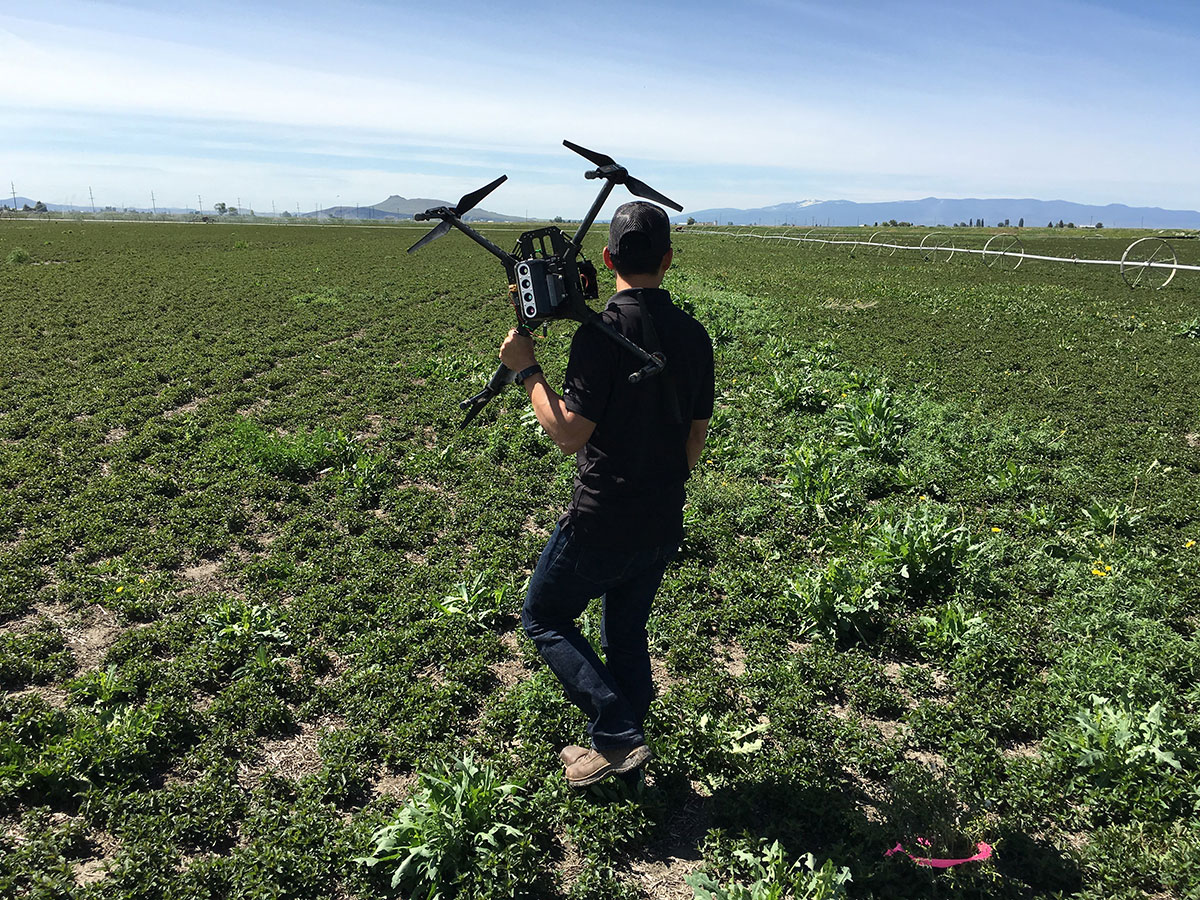

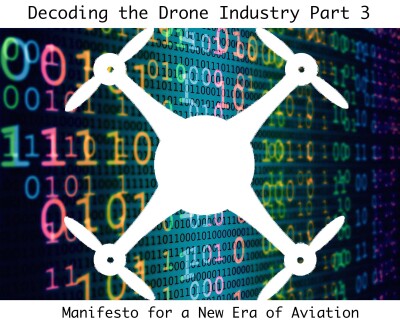

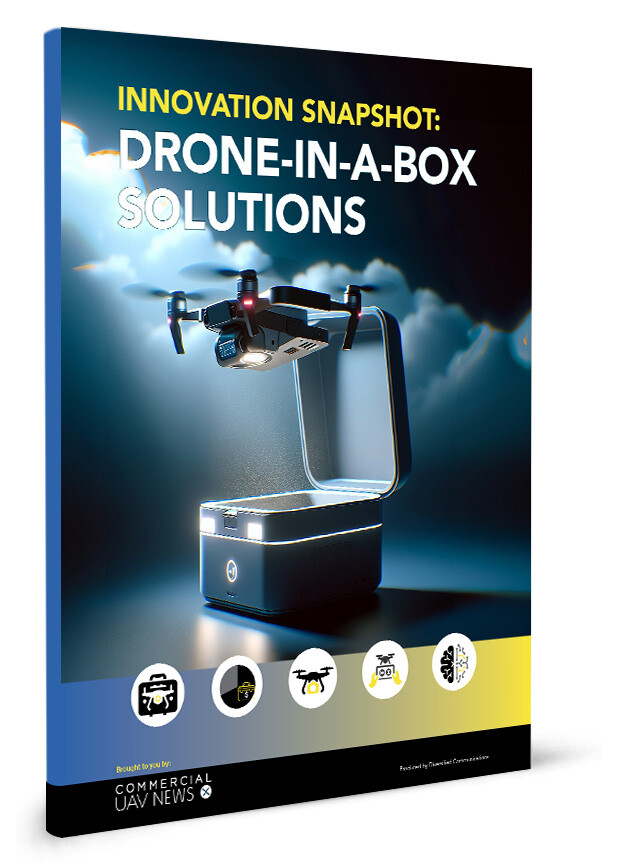
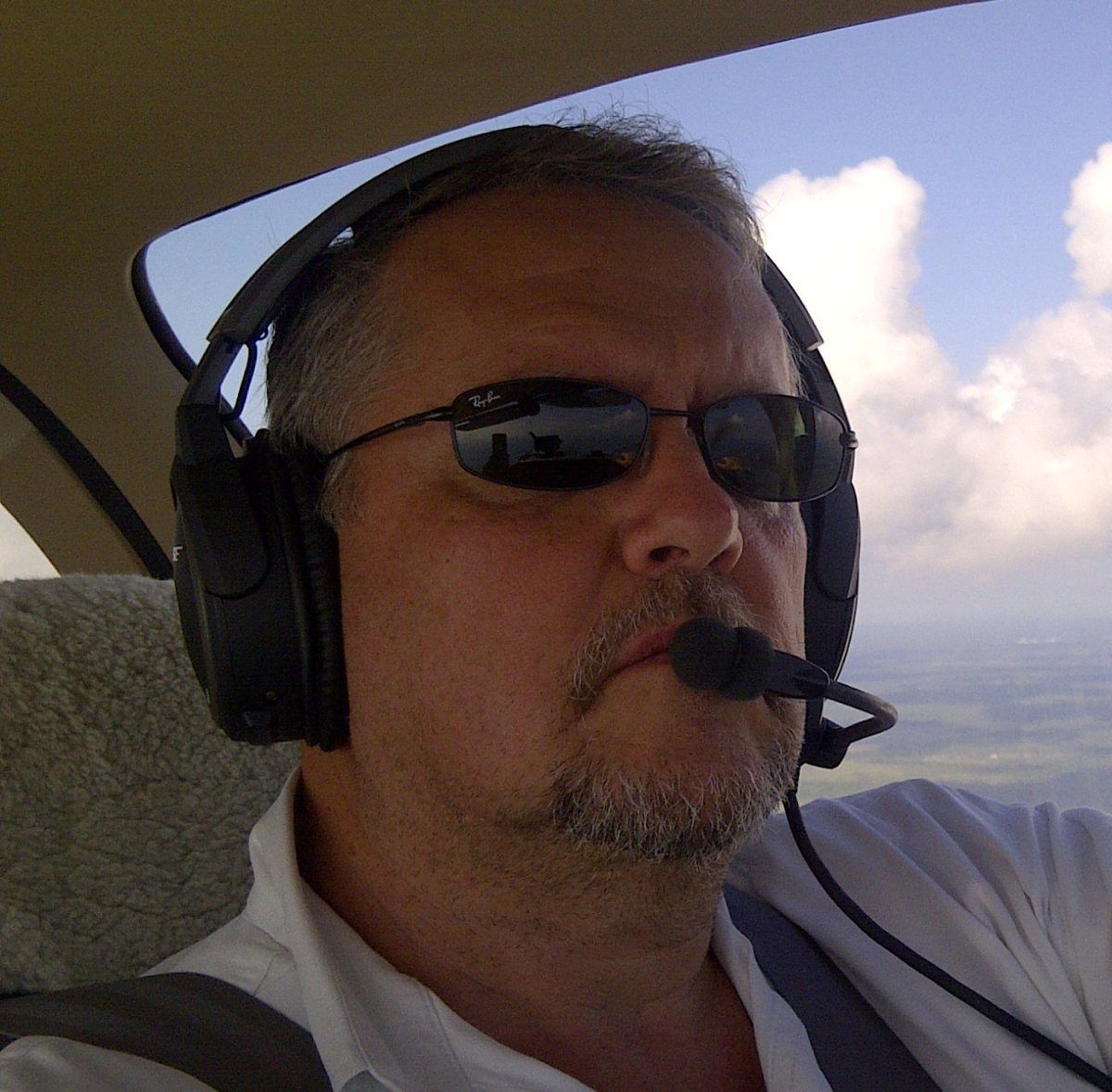




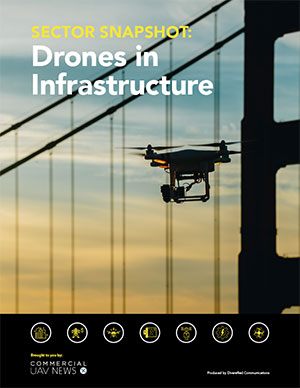
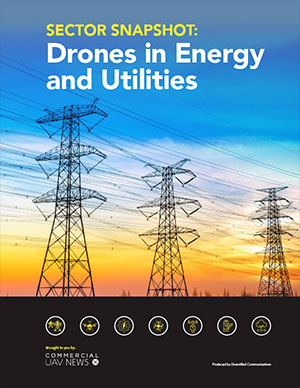

Comments